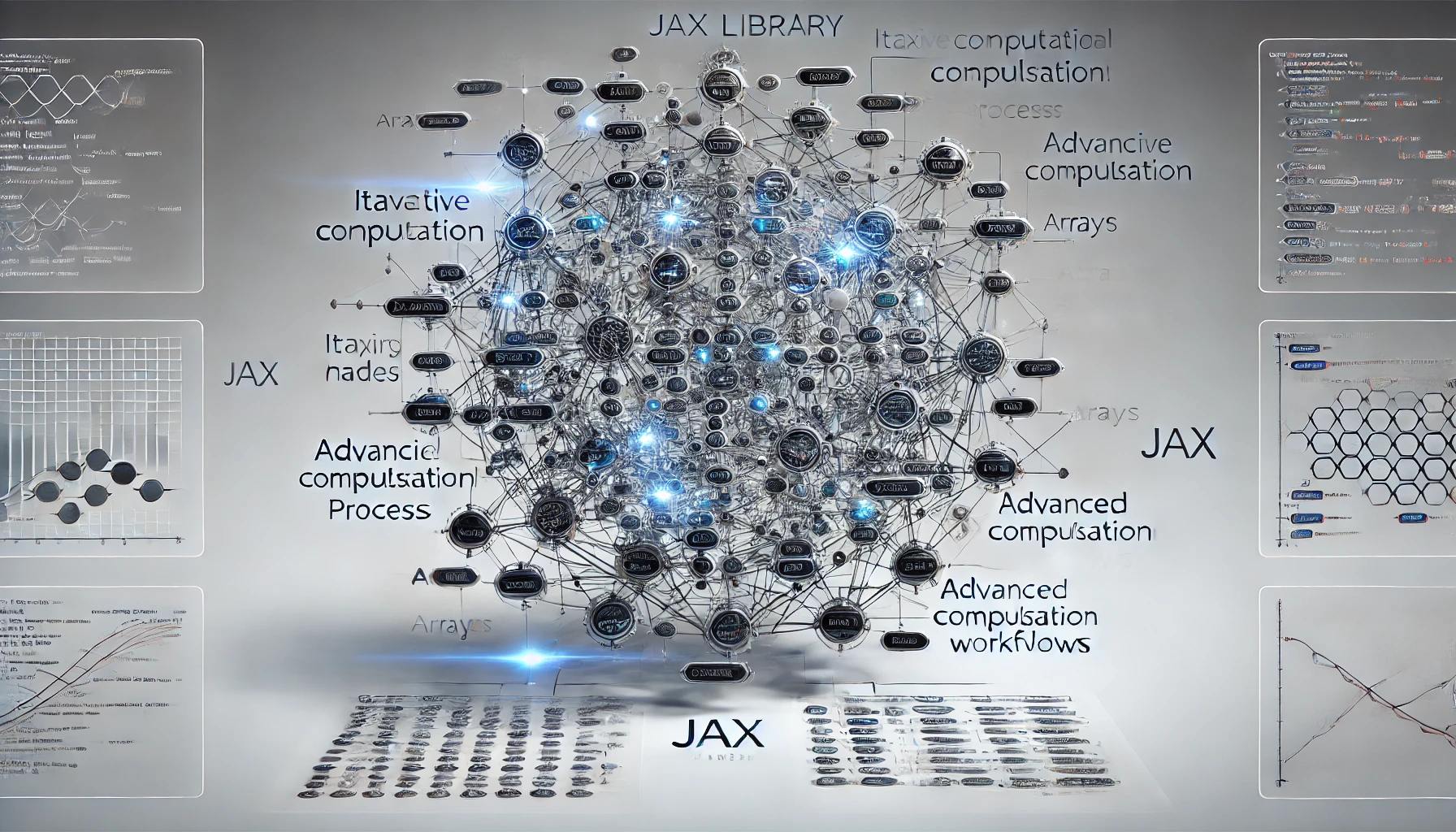Jax Arange on Loop Carry Optimization is a powerful computational approach in the field of numerical and array-based operations. It enables seamless optimization by leveraging JAX’s robust capabilities in handling loops, array manipulation, and performance tuning. Whether you’re a developer, data scientist, or researcher, understanding the nuances of this technique can drastically enhance your computational workflows.
What Is Jax Arange on Loop Carry?
At its core, Jax Arange on Loop Carry refers to implementing a method in JAX to manage looping structures while maintaining efficiency. Arange is JAX’s array range creation function, and loop carry refers to the way data dependencies across iterations are handled. This combination ensures that repetitive computations within loops are optimized without sacrificing accuracy or speed.
Why Use Jax Arange on Loop Carry?
This approach provides several benefits:
- Performance Enhancement: Minimizes computational overhead.
- Seamless Integration: Works with JAX’s autodiff and just-in-time (JIT) compilation.
- Scalability: Handles large-scale array operations effectively.
- Flexibility: Adapts to various loop structures and dependencies.
How Does Jax Arange on Loop Carry Work?
Breaking Down the Components
- Arange in JAX
- Creates arrays efficiently with specified start, stop, and step values.
- Allows for controlled array generation.
- Loop Carry Mechanism
- Ensures data dependency is respected across iterations.
- Enables JIT compilation to optimize performance.
Workflow of Jax Arange on Loop Carry
- Define Arange Arrays: Generate arrays using JAX’s arange function.
- Implement Loop Carry: Utilize functions like
jax.lax.scanto handle dependencies. - Optimize with JIT: Compile and execute optimized code paths.
Key Applications of Jax Arange on Loop Carry
1. Data Science
Processing large datasets with iterative computations becomes seamless. For instance:
- Generating time series data.
- Handling multi-dimensional arrays.
2. Machine Learning
Used for gradient computations, backpropagation, and recurrent neural networks.
3. Computational Physics
Simulates systems with evolving states over iterations.
Setting Up Jax Arange on Loop Carry
Requirements
- Python 3.6 or higher.
- JAX library (
pip install jax).
Step-by-Step Guide
- Import Libraries:
- Create Arrays with Arange:
- Implement Loop Carry:
Usejax.lax.scanto define the loop and carry: - Compile with JIT:
Advantages of Using Jax Arange on Loop Carry
- Simplicity: Reduces complexity in managing iterative computations.
- Efficiency: Leverages JIT compilation for speed.
- Flexibility: Works across diverse domains and applications.
Challenges and How to Overcome Them
- Learning Curve: JAX has a steep learning curve.
- Solution: Explore documentation and tutorials.
- Debugging Complexity: Debugging JIT-compiled functions can be tricky.
- Solution: Use
jax.debug.print()for insights.
- Solution: Use
Best Practices for Jax Arange on Loop Carry
- Understand Your Loop Dependencies: Ensure the logic aligns with the carry mechanism.
- Use JIT Wisely: Only apply it where performance gains are significant.
- Leverage Vectorization: Minimize explicit loops wherever possible.
- Test Incrementally: Validate each component before integrating.
Common Mistakes to Avoid
- Ignoring data dependencies in loops.
- Misusing JIT, leading to unnecessary overhead.
- Overlooking array size and memory limits.
Comparison: JAX vs. Traditional Methods
| Feature | JAX | Traditional Python Loops |
|---|---|---|
| Performance | High (JIT optimized) | Slower (interpreter-bound) |
| Scalability | Excellent | Limited |
| Complexity Handling | Built-in tools | Manual implementation |
Troubleshooting Jax Arange on Loop Carry
Common Errors
- Shape Mismatch: Ensure arrays match expected dimensions.
- Compilation Issues: Verify JAX installation and syntax.
Debugging Tips
- Print Intermediate Results:
- Check Dependencies: Use
jax.lax.scanfor structured iteration.
Exploring Future Prospects of Jax Arange on Loop Carry
As computational tasks grow in scale, the importance of optimizing loop-based operations will only increase. JAX continues to evolve, with new features enhancing usability and performance. Future possibilities include deeper integrations with machine learning frameworks and expanded support for GPU-accelerated computations.
Conclusion
Jax Arange on Loop Carry is a game-changer for computational optimization. By mastering its nuances, developers and researchers can unlock unparalleled efficiency, especially in tasks involving repetitive computations. Whether you’re simulating complex systems or building machine learning models, this technique provides a robust framework for high-performance operations.
FAQs
What is Jax Arange on Loop Carry?
Jax Arange on Loop Carry is a method in JAX for handling iterative computations with efficient data management and performance optimization.
How does JAX improve loop performance?
JAX uses Just-In-Time (JIT) compilation and vectorized operations to optimize performance.
Can Jax Arange on Loop Carry handle multidimensional arrays?
Yes, it efficiently manages operations on multidimensional arrays.
What is the role of JIT in JAX?
JIT compiles Python code to optimized machine code, significantly improving execution speed.
Is JAX better than NumPy for loops?
For performance-critical tasks, JAX is superior due to its JIT capabilities and GPU support.
What are the prerequisites for using JAX?
A Python environment with JAX installed and familiarity with Python programming basics.
Can JAX be used for machine learning tasks?
Absolutely, JAX is widely used for gradient-based computations in machine learning.



